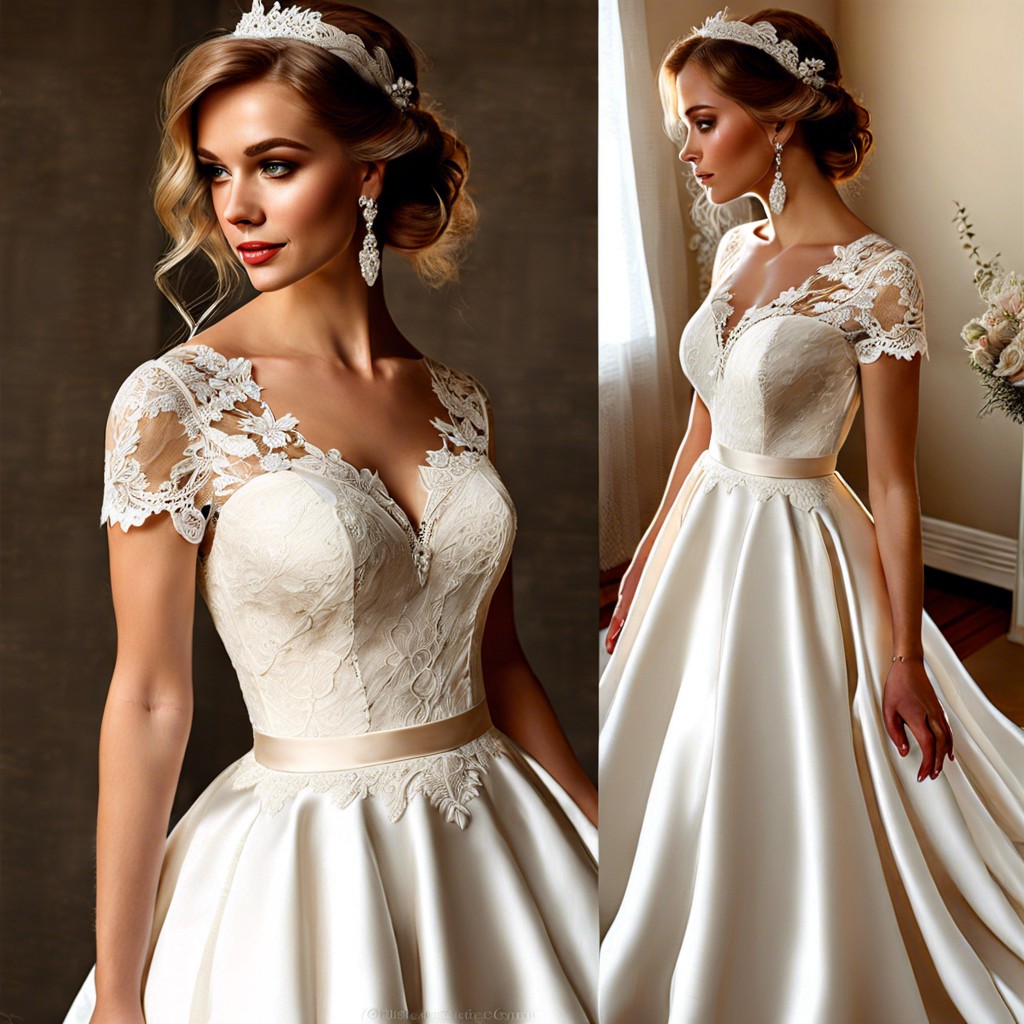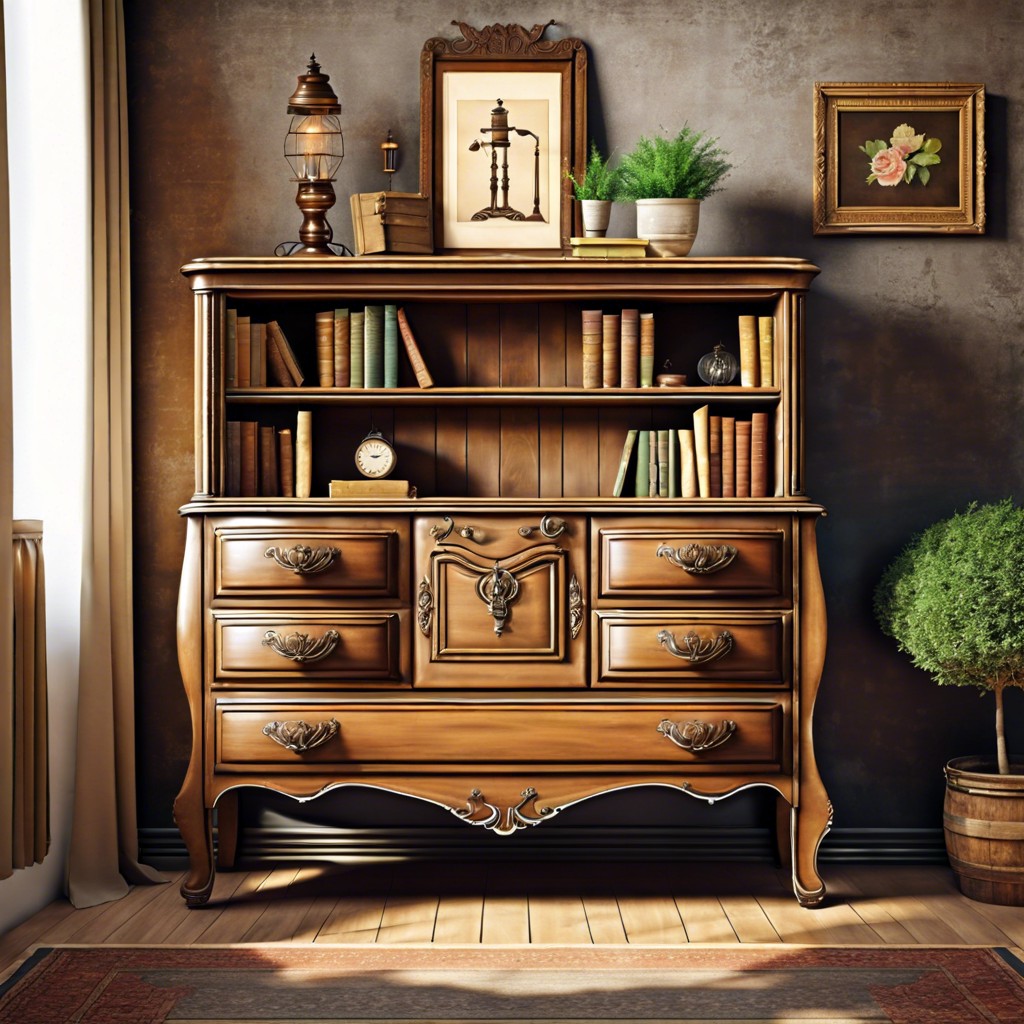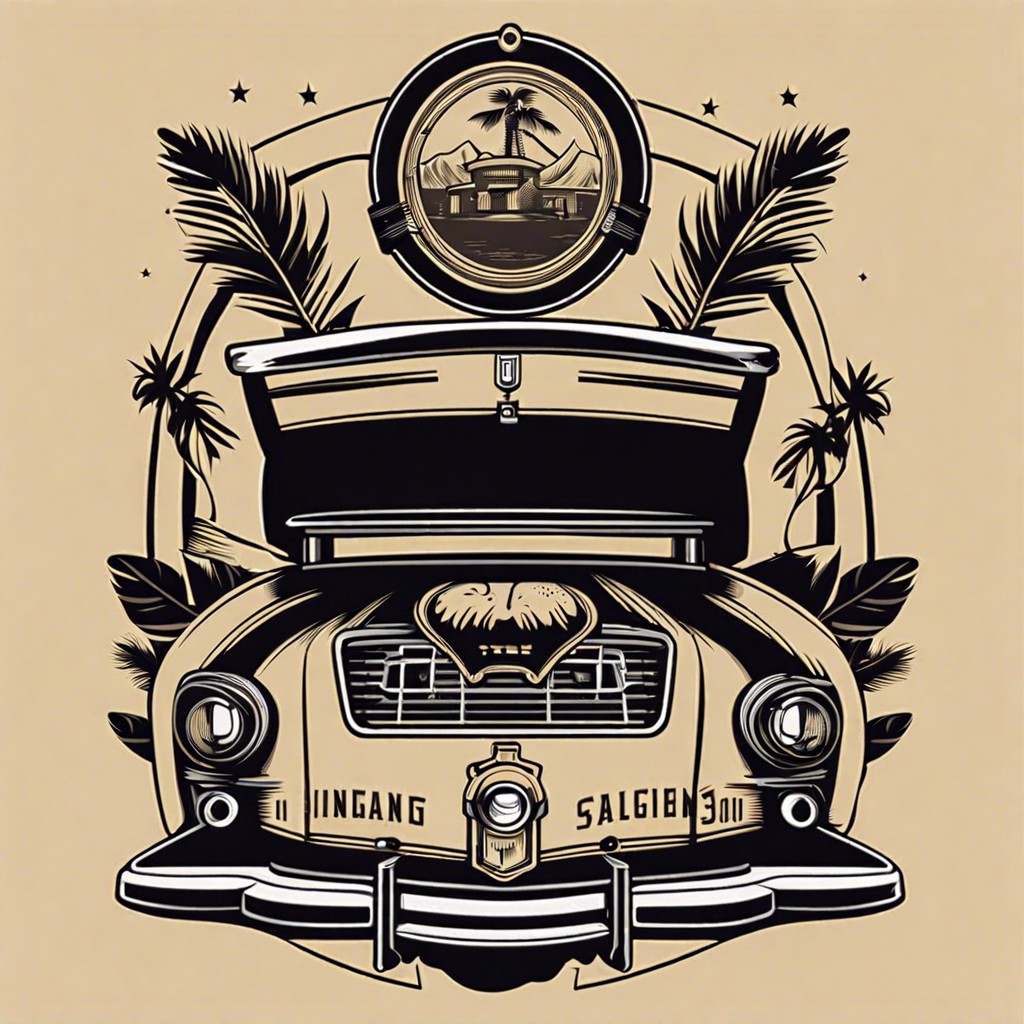Last updated on
Discover the essential factors to consider when selecting a vintage tub and bath for your home renovation.
Key takeaways:
- Vintage tubs provide historical significance and cultural value.
- Bathtub design has evolved over the centuries, reflecting technology and style preferences.
- Vintage tubs are known for their distinct aesthetics and materials.
- Considerations for installing vintage tubs include space, plumbing compatibility, and maintenance.
- Vintage tubs can elevate the appeal and resale value of a bathroom.
Historical Significance of Vintage Tubs
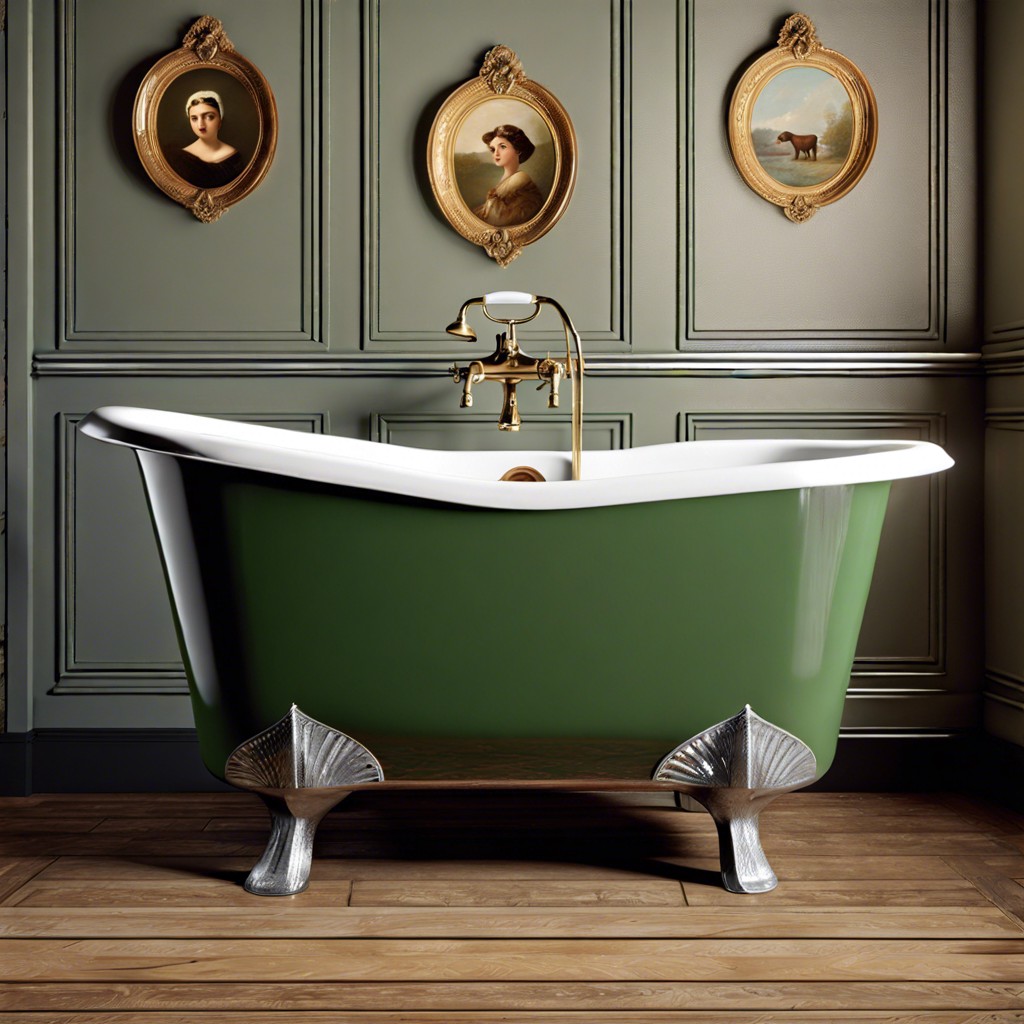
Vintage tubs provide a window into the past, representing the evolving societal attitudes towards bathing and domestic comfort. In the days of the Roman Empire, baths signified communal luxury, an ethos that waned during the Middle Ages when bathing was considered a health risk. The late 19th and early 20th centuries saw the golden age of bathtubs, with clawfoot tubs signifying the intersection of private luxury and improved hygiene practices. Cast iron, a popular material of the time, not only provided durability but also retained heat well, making for a more enjoyable bathing experience.
As indoor plumbing became the norm, the freestanding tub began to symbolize a certain status, suggesting that one had the space and means for such a fixture. This was a marked shift from the early functional and communal washbasins to a more intimate and ornate bathroom setting. Each vintage bathtub carries with it the design preferences and technological capabilities of the time, from the ornate clawfoot to the more simplistic, yet elegant pedestal base.
Collectors and enthusiasts value these tubs not just for their functionality, but for their craftsmanship and the stories they tell. A vintage tub does not merely serve as a piece of bathroom equipment; it stands as an artifact of comfort and culture, embodying the design ethos of a bygone era.
Evolution of Bathtub Design Over the Centuries
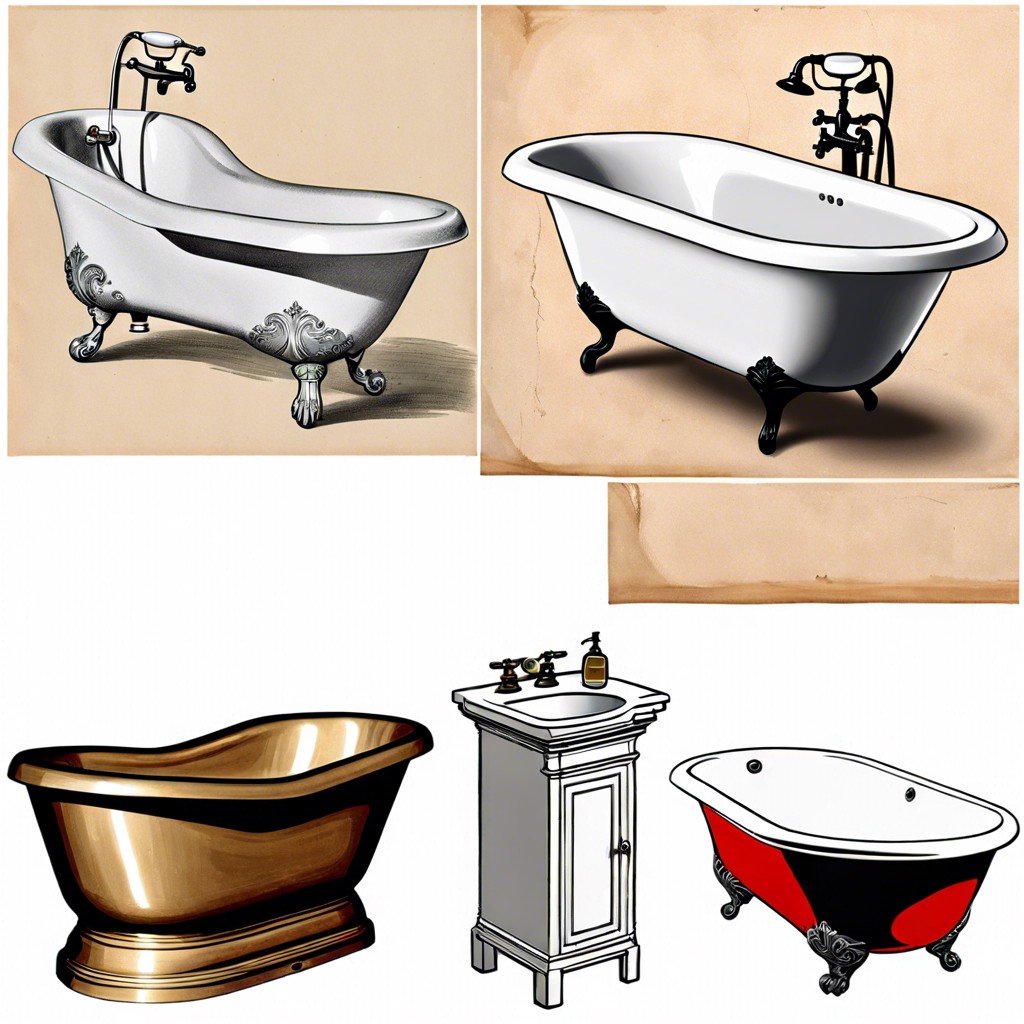
The evolution of bathtub design reflects changes in technology, society, and style preferences through history. Ancient civilizations, such as the Greeks and Romans, constructed grand bathing spaces but it wasn’t until the 19th century that the personal bathtub gained popularity. Initially crafted from wood and lined with sheets of metal, bathtubs were a luxury item.
With the advent of indoor plumbing in the late 19th and early 20th centuries, bathtubs became more commonplace. Porcelain over cast iron became the material of choice, allowing for the classic clawfoot tub, admired for its elegance and durability.
The mid-20th century introduced built-in tubs made from lighter materials like fiberglass and acrylic. These integrated seamlessly into bathroom design, reflecting modern minimalism and functionality.
Today, vintage tubs are prized for their craftsmanship and historical charm, often serving as the centerpiece of a bathroom’s design. They are a testament to the era-specific technological advancements and cultural shifts, from freestanding opulence to streamlined, space-saving solutions.
Characteristics of Vintage Tub and Bath Aesthetics
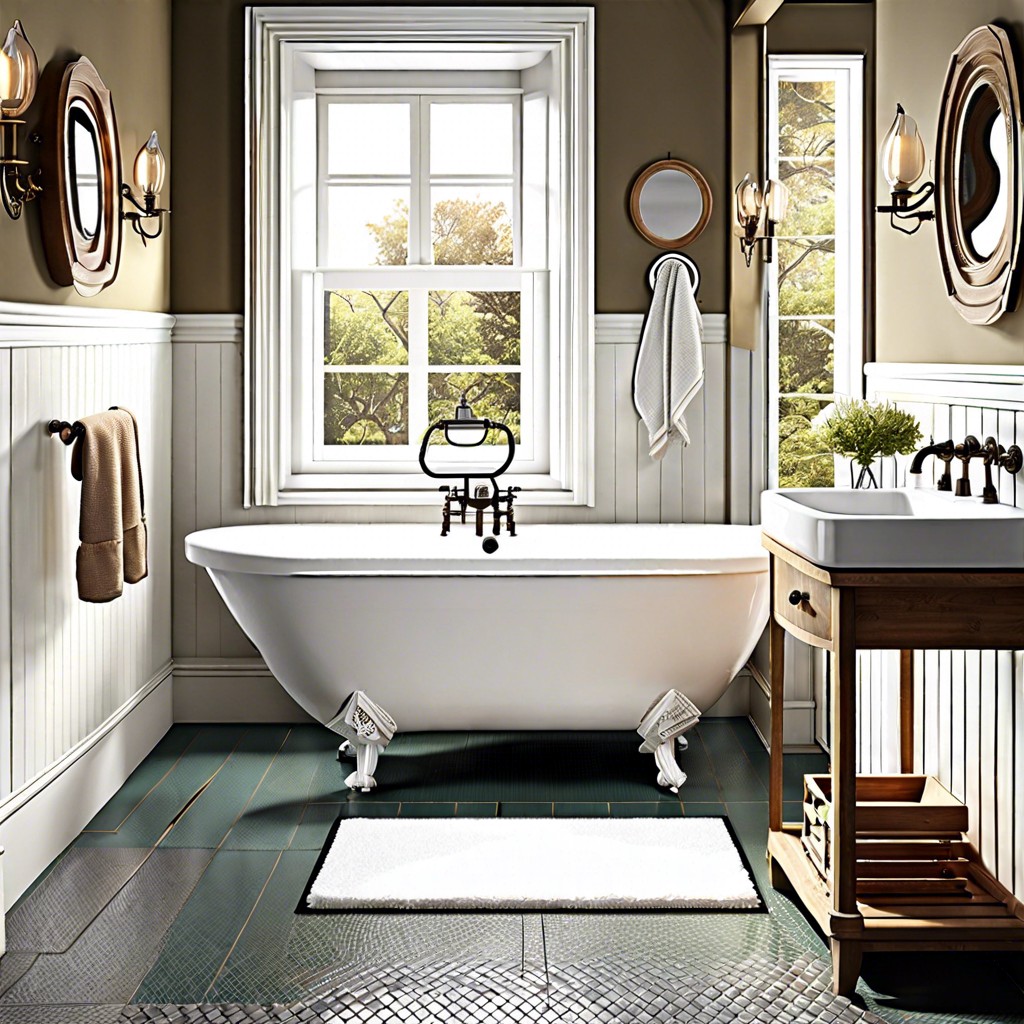
Vintage bathtubs are known for their distinct charm and elegant contours. Clawfoot tubs, one of the quintessential models, often feature ornate feet and a deep basin allowing for full immersion. These tubs traditionally came in cast iron with a porcelain enamel coating, enhancing durability and creating a classic, glossy finish.
Pedestal tubs, another hallmark of the vintage era, sit on a solid base rather than feet, presenting a more streamlined silhouette. The slipper tub, with one or both ends elevated and sloped, provides back support for a comfortable soak.
The colors and patterns from vintage times also reflect the period’s taste, with pastel hues and intricate designs being prominent. Faucets and hardware were typically made of brass or chrome, often with porcelain inlays bearing hot and cold inscriptions.
Materials used in the past – like copper and stone – also differ from the modern acrylic standards, giving vintage tubs a unique presence in any bathroom. These materials not only affect the aesthetic but also the thermal properties of the tubs, influencing water temperature retention.
Integrating a vintage tub into a bathroom setting requires attention to detail to maintain the integrity of its style. Authentic restoration or opting for reproduction pieces that honor the original craftsmanship are common solutions for those seeking the vintage tub experience.
Considerations for Installing Vintage Tubs in Modern Bathrooms

Assessing the space is crucial. Vintage tubs often require more room than contemporary designs. Verify the dimensions and consider if additional floor support is needed, given that many older tubs are made of heavy materials like cast iron.
Plumbing compatibility is another vital aspect. An expert plumber should confirm that existing plumbing can accommodate a vintage tub, which might have different fixture and drain requirements than current models.
Preservation of the tub’s integrity is important. Restoring a vintage tub should be done with care to maintain its historical value, which might include professional resurfacing or sourcing period-accurate fixtures.
Maintaining a cohesive style should not be overlooked. While a vintage tub can be the centerpiece, ensure it complements the bathroom’s overall decor to create a harmonious aesthetic.
Finally, consider the practicality for everyday use. Vintage tubs may lack the ergonomic features and ease of cleaning of modern baths, so weigh the aesthetic appeal against functionality.
The Impact of Vintage Tubs On Bathroom Resale Value
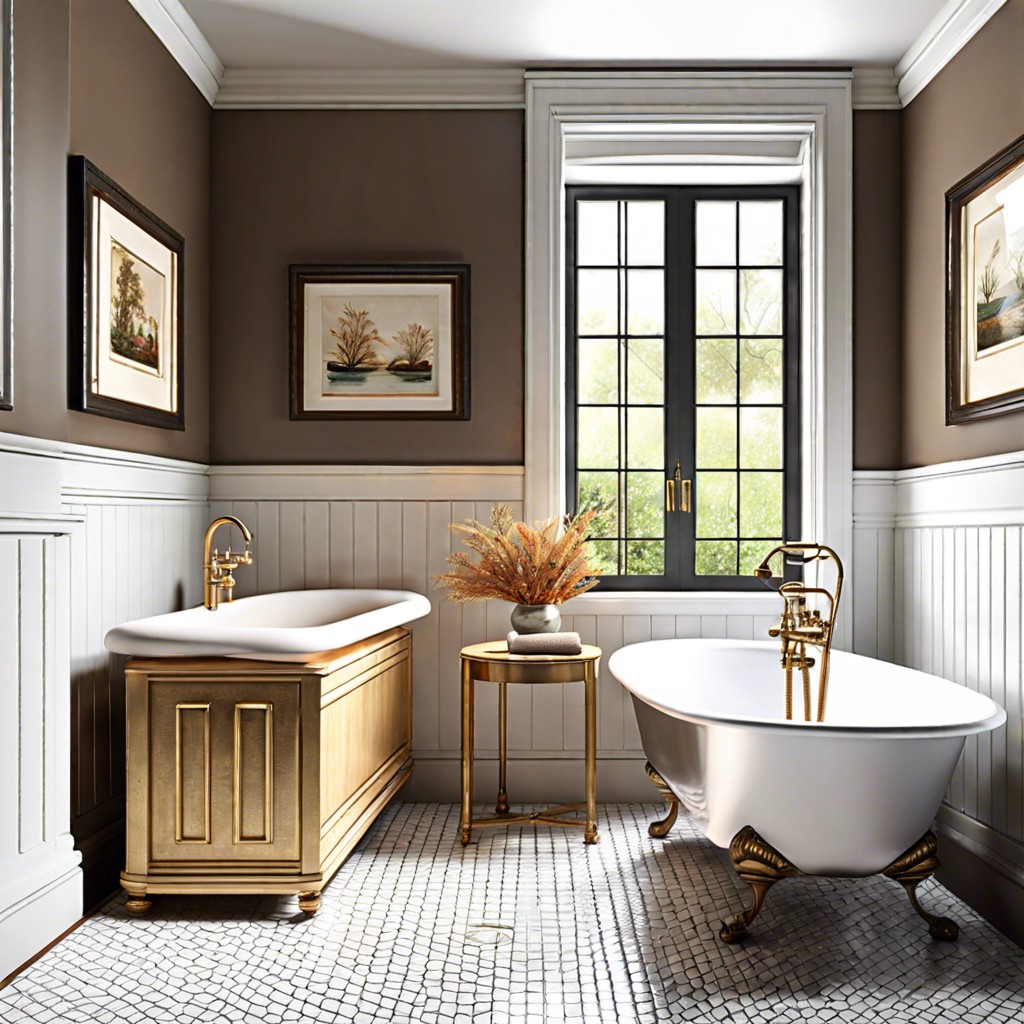
Incorporating a vintage tub into a bathroom can significantly elevate the room’s appeal, often contributing to a home’s overall market value. Such tubs serve as a focal point, drawing the eye with their unique shapes and historical charm. When potential buyers encounter a vintage tub during a showing, they may perceive the bathroom as a luxury space, which can translate to a higher willingness to pay.
However, it’s important to ensure that the tub is in excellent condition. Vintage tubs in need of restoration can have the opposite effect, potentially decreasing interest or perceived value. Additionally, the tub’s style should complement the bathroom’s overall design. A mismatch can detract from the aesthetic cohesion of the space, while a well-chosen vintage tub can reinforce a home’s character and authenticity, particularly in heritage properties.
Sustainability-minded buyers also appreciate vintage tubs for their reuse aspect, aligning with eco-friendly preferences. A well-maintained vintage tub indicates quality and durability, aspects highly regarded in the real estate market.
Lastly, vintage tubs might not cater to everyone’s taste, and some buyers may prioritize modern amenities over classic charm. Thus, while a vintage tub can be an asset, its impact on resale value will vary with market trends and individual buyer preferences.

